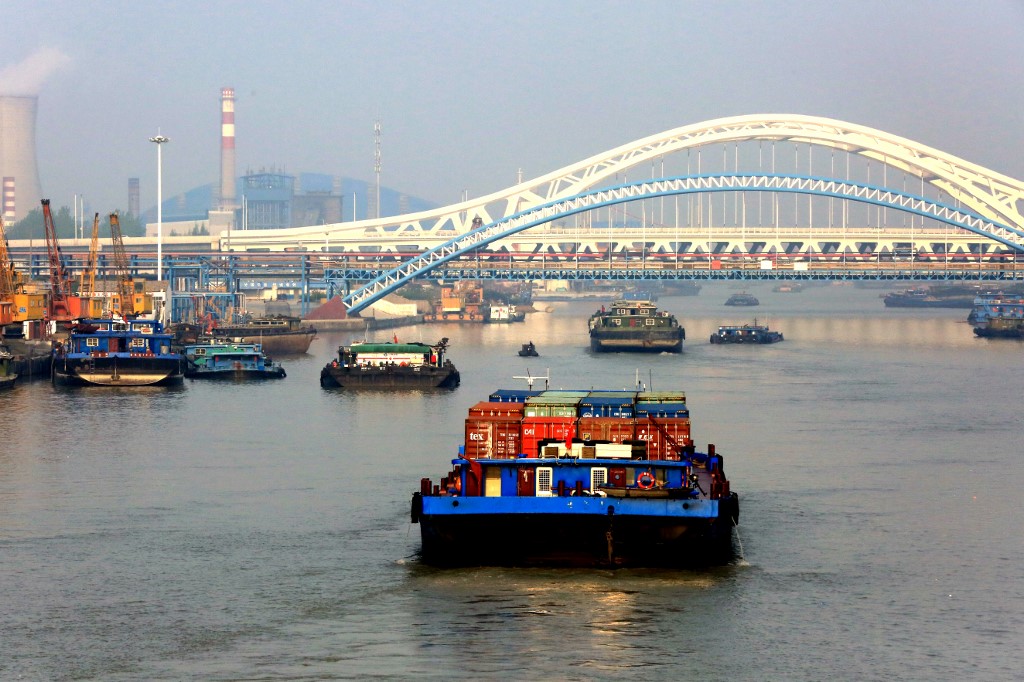(ATF) The Ministry of Culture and Tourism has got more involved in China’s government bond issuance in recent weeks and its latest effort is a special bond for the construction of the Grand Canal Cultural Belt in Jiangsu Province. It was officially issued on the Shanghai Stock Exchange with a 10-year term and an interest rate of 2.88%.
This is not only the first special bond for construction projects on the Grand Canal Cultural Belt in the country’s east. The special bonds will also be used to fund highways, urban projects, from what will be the first in a series of cultural bonds.
A report in Modern Express said the “Canal Bond” involves 13 Grand Canal Cultural Belt projects, including the Luoma Lake Retreat Project in Xuzhou Xinyi, a comprehensive renovation project in the upper section of Zhenjiang Ancient Canal, the Grand Canal Xinyi Yaowan Cultural Exhibition Park Project, Wuxi Huishan Water Environment Comprehensive Improvement Project, and the Huai’an Xuyi No.1 Mountain Historical and Cultural Street Construction Project.
These projects cover the protection and repair of heritage sites, cultural and tourism integration development, environmental improvement, ecological restoration, water conservancy construction, rural development and other areas.
The Luoma Lake Retreat to Lake Project in Xinyi, Xuzhou is the largest project and will require a total of 600 million yuan. Total investment in the project is 1.45 billion yuan, so raising 600 million yuan via special bonds will solve nearly half of its funding needs.
Wang Guofeng, deputy general manager of Jiangsu Provincial Cultural Investment Group and general manager of Provincial Grand Canal Cultural Tourism Investment Management Co Ltd, said it has raised 10.9 billion yuan and established a regional sub-fund in Canal City over the past year.
At the same time, a number of industry sub-funds have been set up. Through the investment mode of provincial and local government capital guidance links and widening participation of various social projects, multiple entities are involved in the construction of Grand Canal projects.
Wang Guofeng said: “The issuance of the Grand Canal special bonds can be combined with the Grand Canal Fund to bring more low-cost financing methods to related cultural and tourism industry investments through stock-debt linkage and investment-loan linkage.
“For example, the funds from special bonds can be used for the construction of cultural tourism facilities, and investment from the fund can undertake later operations. If a cultural tourism spot can be marketed and commercialised, then special bonds can be used. You can also get equity investment in the fund.”
























